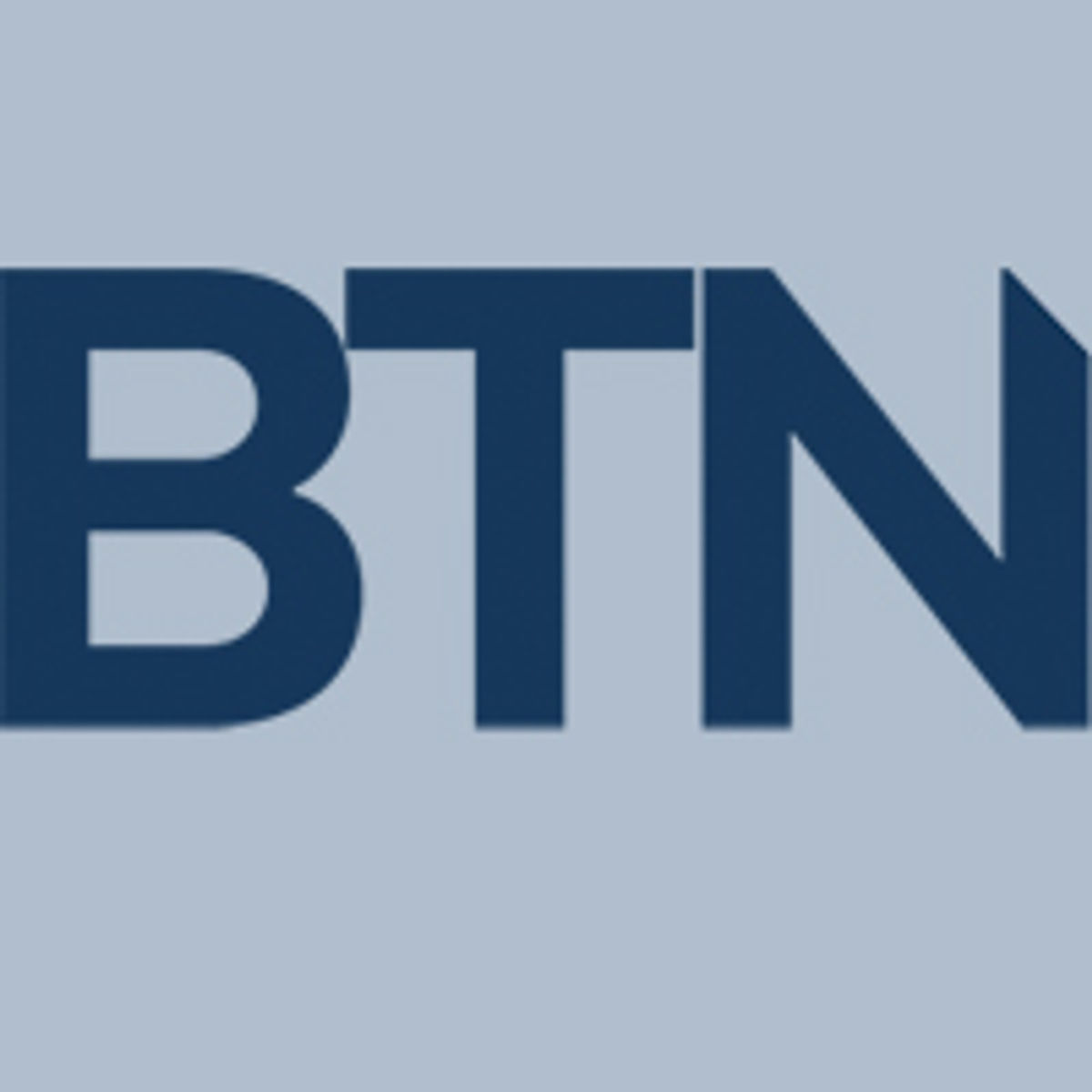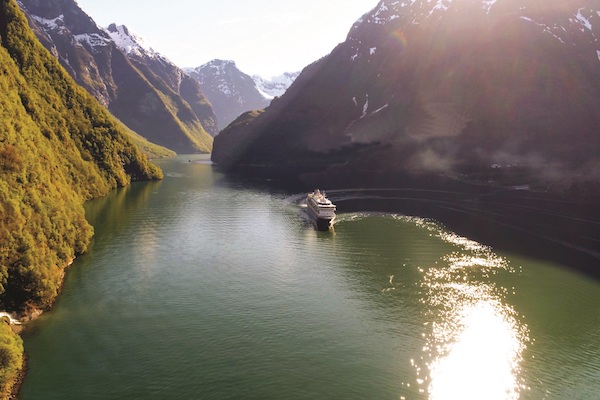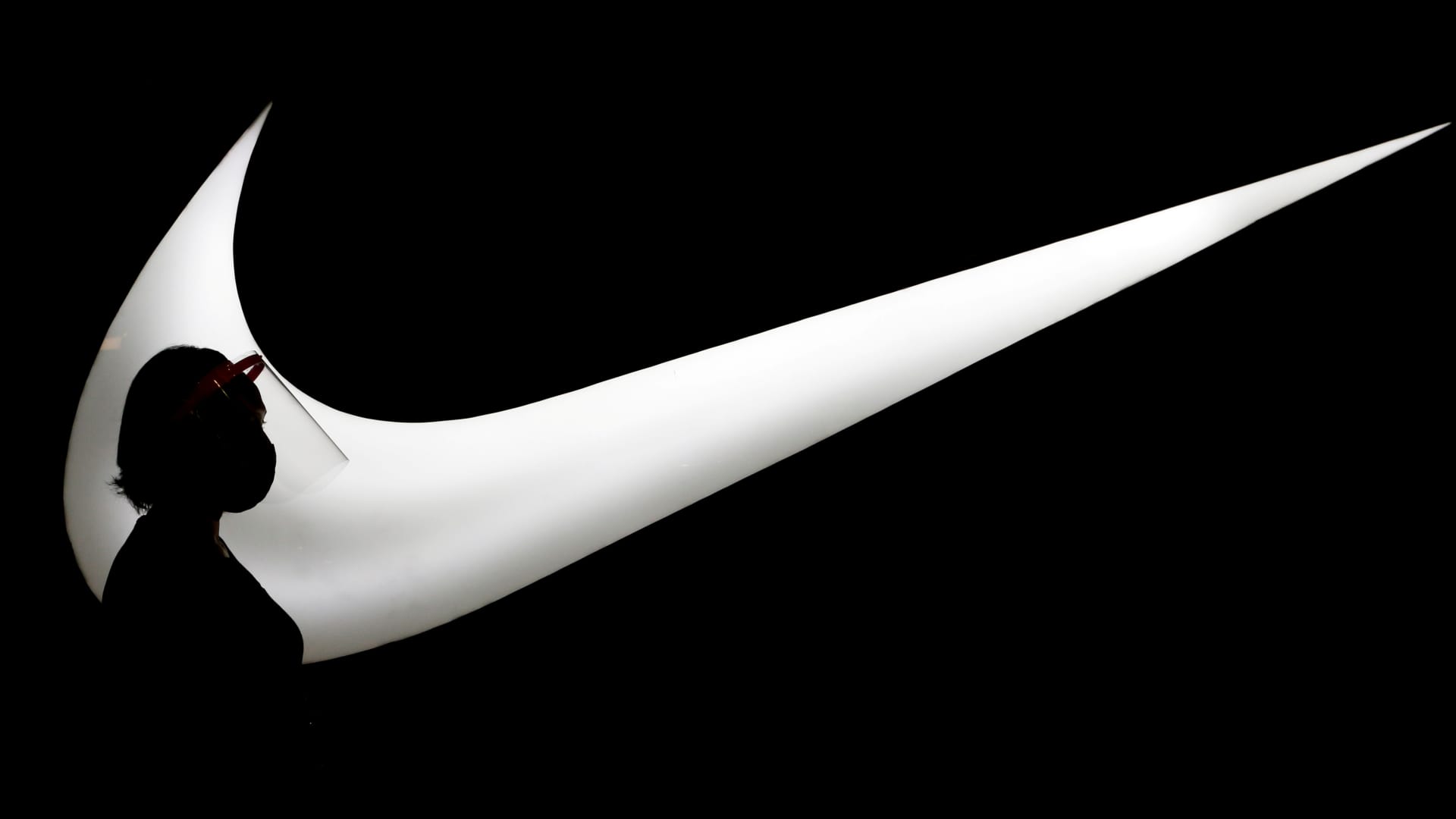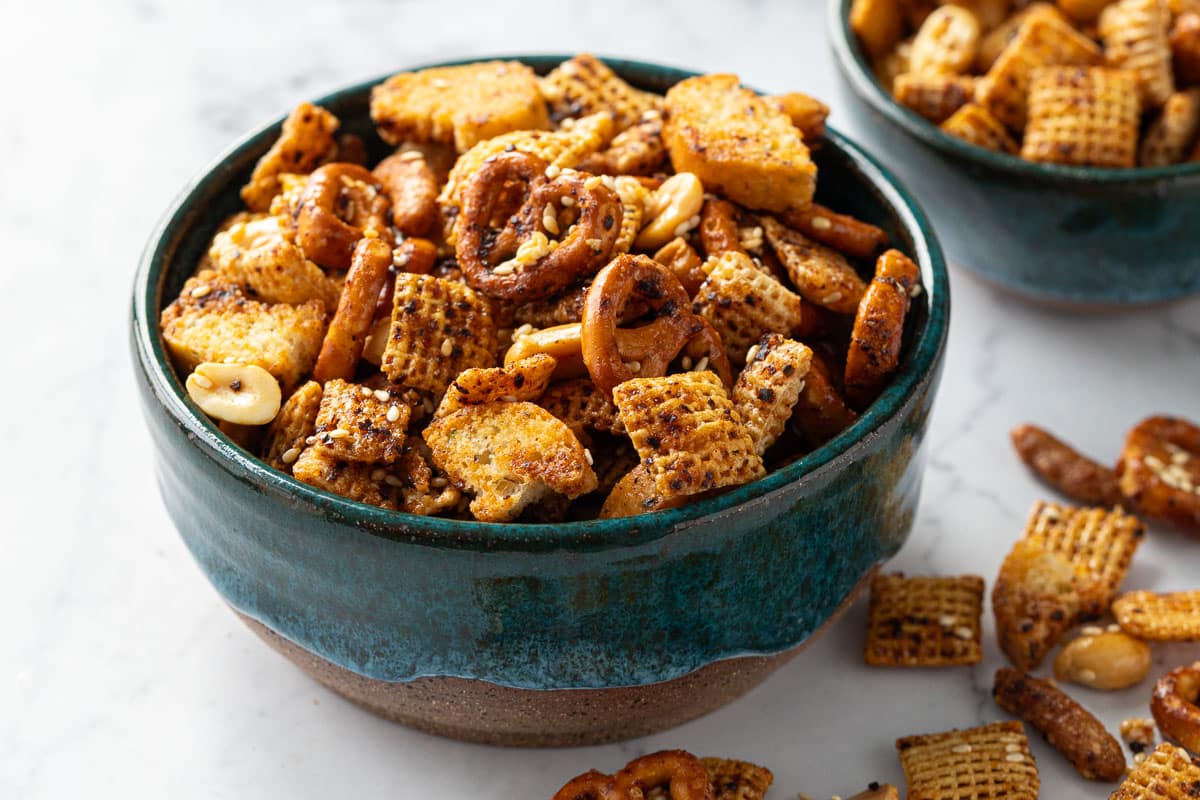Women Business Travelers: Personal Safety Is Mission Critical
Female business travelers have different and more intensive safety concerns, compared to their male colleagues. They believe their employers could do more to support their safety concerns.

Traveling for work as a woman is less safe than traveling as a man, according to 71 percent of female respondents in a recent global survey of business travelers.
The survey, commissioned by World Travel Protection ahead of International Women’s Day on March 8, included 2,000 business travelers in the U.K., U.S., Australia and Canada and found that women are more likely to take measures to protect their safety during a business trip than men.
Close to one in three (31 percent) said they do not travel or go out on their own at night, compared to 18 percent of men, and almost half (46 percent) always stay in close touch with family and friends so their whereabouts are known, compared to 36 percent of men.
Empowering women to participate in the same opportunities as their male colleagues, including traveling to or working in higher risk environments, is an important way to drive female participation in the workplace and offer diverse career pathways.”
ISOS's Sally Llewellyn
More than one in 10 female business travelers (12 percent) said they have experienced a negative incident, ranging from minor theft to assault, when traveling and almost one in five (19 percent) feel their organization should “act with women's safety in mind,” such as ensuring flights don’t arrive late at night.
That said, both men and women reported taking extra steps to protect their security during a hotel stay, like placing a chair or obstacle against the hotel door to deter a potential intruder (16 percent of both men and women), and using room service so they don’t have to eat in a restaurant on their own (17 percent of both men and women).
One in five female business travelers (21 percent) said they prefer to stay in hotels that make provision for solo women travelers and a similar proportion (19 percent) resort to outward signaling like wearing a wedding ring (real or fake) to avoid unwanted attention.
“It’s important to note that, compared to men, women often have different safety considerations to think about when traveling for work,” World Travel Protection regional security director for EMEA Kate Fitzpatrick said, noting that risks for female travelers increase in countries with where women have fewer legal rights or less equality socially and, therefore, need to be educated prior to traveling to such markets so they can make the right decisions for themselves.
Business Travel as Workplace Equality
Companies like Maiden Voyage have specialized in business travel diversity education, including female business travel safety, for a number of years. The company offers both in-person and online learning programs that provide insights both into women’s experiences and safety considerations while traveling on business and employs security advisors and educators with long experience in travel safety for diverse groups of travelers.
International SOS and other dedicated risk management firms also have developed focused education around the elevated concerns and considerations of female business travelers, which ISOS has identified as physical and sexual violence, harassment, and discrimination.
The firm takes the position that mitigating such concerns in the employee’s day-to-day work environment—as well as when she is traveling on business—goes beyond personal safety. Rather, it is an issue of equality and providing equal opportunity to women in the workplace.
“Empowering women to participate in the same opportunities as their male colleagues, including traveling to or working in higher risk environments, is an important way to drive female participation in the workplace and offer diverse career pathways,” said ISOS global security director Sally Llewellyn. “Organizations can support this empowerment through sound risk management practices, including educating employees about security risks and mitigation measures based on the environments in which they’re operating and their individual profile,” including when they travel, she added.
In addition to overall awareness training for all employees around certain risks women face while traveling, ISOS similarly recommends specific pre-travel training when considering travel to destinations with elevated risks so the traveling employee understands particular differences or trouble spots that may apply to women.
Education Is Key but What About Tools?
Consumer travel metasearch provider WayAway has challenged the industry to find technology-based solutions that would provide less formal—but possibly effective—trip planning tactics for female travelers, whether they are traveling for leisure or for business.
According to a straw poll on the WayAway website, four times as many women as men felt that ‘traveling alone is unsafe,’ even as Google searches for ‘solo female travel’ have quadrupled over the last 10 years, according to the travel site.
Head of communications for WayAway Janis Dzenis lamented in a press statement that while “almost every possible tool has been invented for every possible niche,” when it comes to travel, “for female solo travelers, the technology on offer is, which few exceptions, pretty substandard and … far from universally available.”
She challenged the travel industry to consider trip planning through the eyes of a solo female traveler, and predicted a huge uptake for travel tech providers who could flip the switch on effective tools.
“How many websites have filters that might cater for such needs? How many allow you to see female-only commentaries and ratings?” she asked. “For those travel technology companies that can really make an impact in this area, there is a huge financial reward on offer too. Female travelers will naturally gravitate towards, perhaps even swamp, travel platforms that can offer them the reassurances they understandably crave.”

 Konoly
Konoly 































